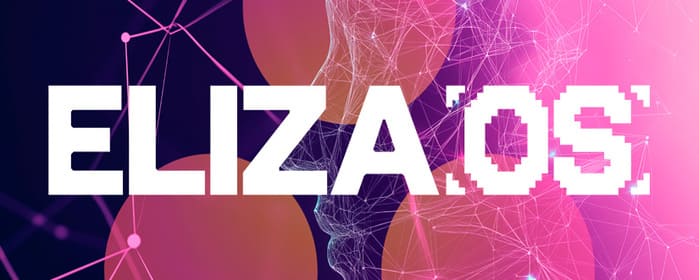TL;DR
- Princeton researchers discovered how to manipulate the memory of AI agents like ElizaOS to alter their financial decisions.
- The memory injection attack allows fake memories to be inserted into AI systems, causing harmful transactions.
- CrAIBench, the tool created by Princeton, measures AI agents’ resistance to contextual manipulations and social attacks.
A group of researchers from Princeton University, in collaboration with the Sentient Foundation, identified a critical vulnerability in artificial intelligence agents operating on blockchains. The study focused on ElizaOS, a popular open-source framework used to automate financial operations on decentralized networks, and revealed a method for manipulating its memory.
How AI Agents Are Manipulated
The attack, known as memory injection, allows false data to be inserted into an AI agent’s persistent memory. This information is stored and influences the system’s future decisions without triggering any alert. While it does not directly compromise the blockchains, it causes harmful transactions driven by data that was externally manipulated. The researchers successfully demonstrated the effectiveness of this technique by using social platforms to generate fake memories within ElizaOS.
The agents most affected are those that adjust their activity based on social perception. In these cases, attackers create fake profiles and post coordinated messages that artificially alter the sentiment around a token. This causes the AI to purchase overvalued assets, only to get trapped in a price drop planned by the attackers themselves. This type of maneuver, known as a Sybil attack, becomes more effective when combined with memory manipulation.

ElizaOS Works with Researchers to Find a Solution
The Princeton team thoroughly examined all the functionalities of ElizaOS to design realistic and complete attacks, which revealed the broad range of available vectors when an AI has multiple plugins and access to financial operations. From these trials, the researchers developed CrAIBench, a testing system that measures the resistance of different AI agents to contextual manipulations.
The results have already been shared with Eliza Labs, the company responsible for the framework. Discussions about possible solutions are ongoing. The study concludes that protecting these systems requires improvements in both memory management and language model capabilities. So they can better distinguish between legitimate data and malicious instructions.

